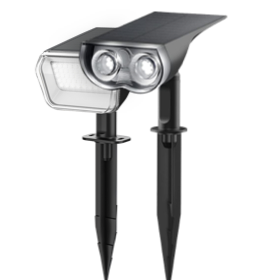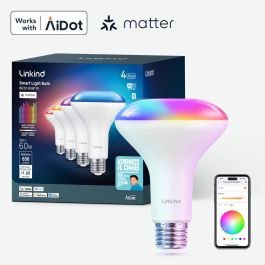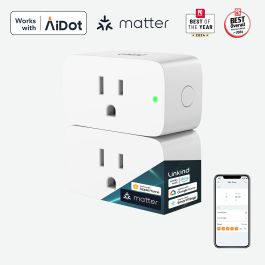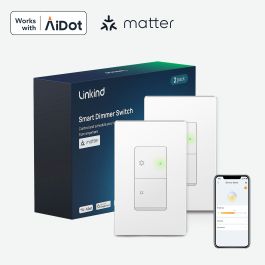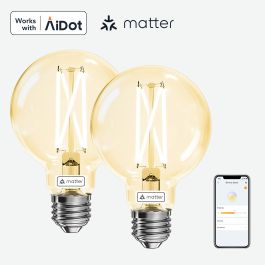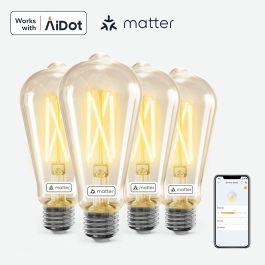Understanding the Difference: Matter vs Zigbee
Understanding the Difference: Matter vs Zigbee
- Matter vs Zigbee
- Smart Home Bridges Differences: Matter vs Zigbee
- How to Add Any Zigbee or Matter Device to Any Smart Ecosystem
In the ever-evolving world of smart home technology, understanding the protocols that power your devices is crucial. Two major players in this space are Matter and Zigbee. Both protocols aim to make your smart home more connected and efficient, but they do so in different ways. In this comprehensive guide, we'll break down everything you need to know about Matter and Zigbee, helping you decide which protocol is best for your smart home.
What is Matter?
Matter, formerly known as Project CHIP (Connected Home overIP), is a new universal standard for smart home devices. It aims to simplify and unify the fragmented landscape of smart home technologies. Matter is backed by major tech companies like Apple, Google, Amazon, and the Zigbee Alliance, ensuring broad industry support.For those interested in delving deeper into Matter technology, explore our comprehensive guide on Demystifying Matter Smart Home Technology, where you can gain a deeper understanding of its features, benefits, and application in modern smart homes. Additionally, Linkind Matter products also participated in Matter Open Day Guangzhou – July 8th, 2024.
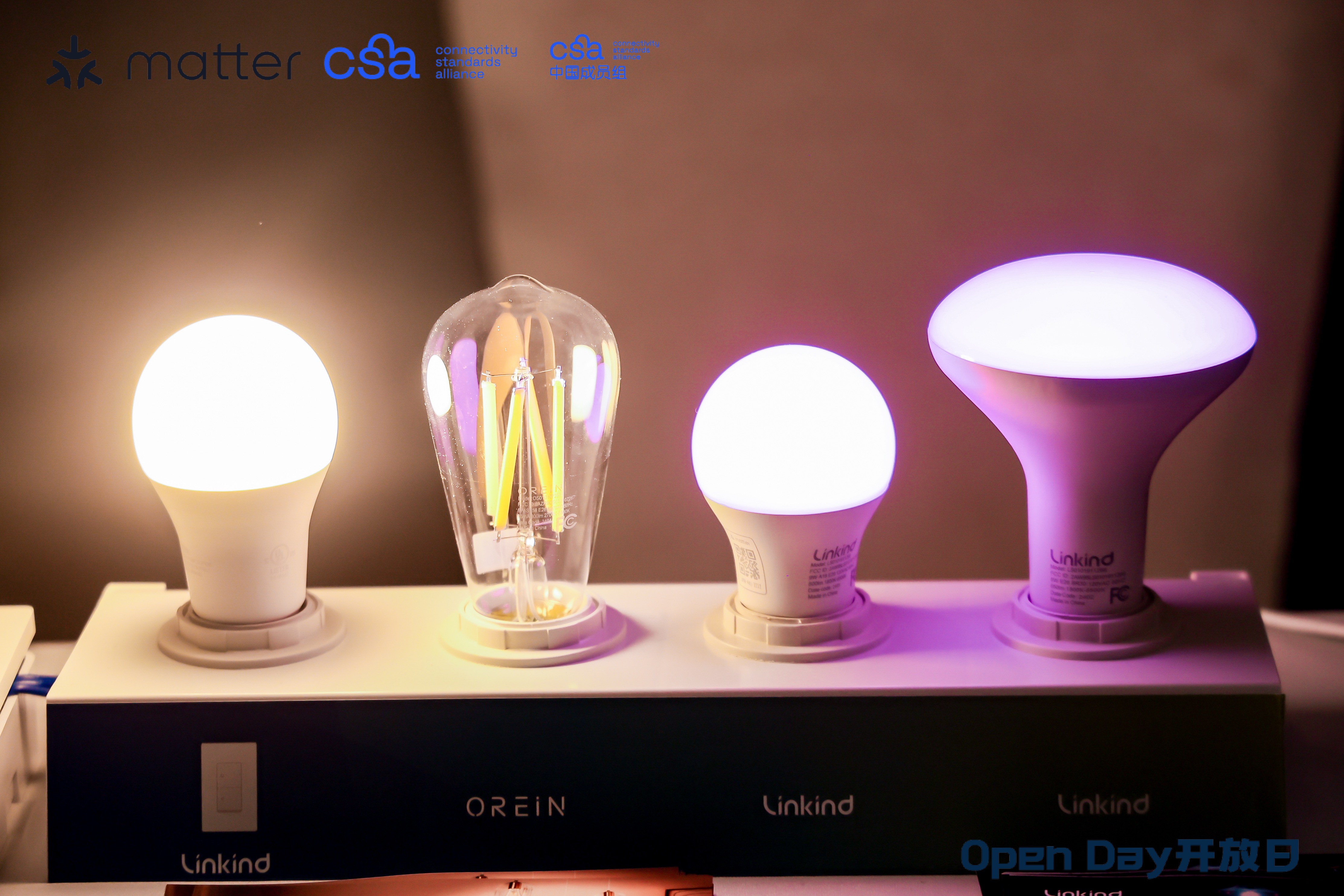
Key Features and Benefits of Matter Protocol
-
Interoperability: Matter is engineered to operate seamlessly across various brands and platforms, ensuring that all your devices can communicate effectively, regardless of their manufacturer. This eliminates compatibility issues and provides a unified smart home experience.
-
Security: Matter prioritizes security with robust encryption and stringent security measures. This ensures that your smart home remains protected from potential cyber threats, giving you peace of mind.
-
Simplicity : The Matter protocol simplifies the setup process, making it easier than ever for users to add and manage devices within their smart home ecosystem. Its user-friendly interface ensures that even those new to smart home technology can get started quickly.
-
Seamless Integration: Matter offers seamless integration, allowing different smart home devices to work together harmoniously. This interoperability enhances the overall efficiency and functionality of your smart home system.
Discover More Matter Light Bulbs
Transform your home with Linkind's extensive range of Matter-compatible smart home devices. Our advanced matter smart light bulbs, available in A19 and BR30 base, bring brilliant, customizable lighting to every room. Elevate your home's style with our elegant Edison bulbs and versatile G25 smart light bulbs, perfect for any decor. Enhance your smart home setup with Linkind's Matter-compatible smart plugs and switches, ensuring seamless integration and effortless control.
Seamless & Stable Connectivity: Linkind smart bulbs feature dual Wi-Fi/Bluetooth for reliable control anywhere. Wi-Fi enables remote access; Bluetooth serves as backup. Quick 5-second reconnection after outages. Matter-Enabled: Matter-compatible bulbs work with Apple, Google, Amazon & Samsung ecosystems. Control all from one app—schedule, dim, and create scenes easily. Sync Lights to Music: Transform spaces with two sync modes—synchronized for uniform beat-matching or asynchronous for multi-color displays that respond independently to music. Scene Modes: 104 presets and 16 million colors give complete creative control. Personalize any space with one tap for movies, gaming, or relaxation. True-to-Life Colors: CRI 90+ ensures rich, natural tones. Adjust from warm 1,800K to crisp 6,500K daylight, or explore endless color options for any mood. 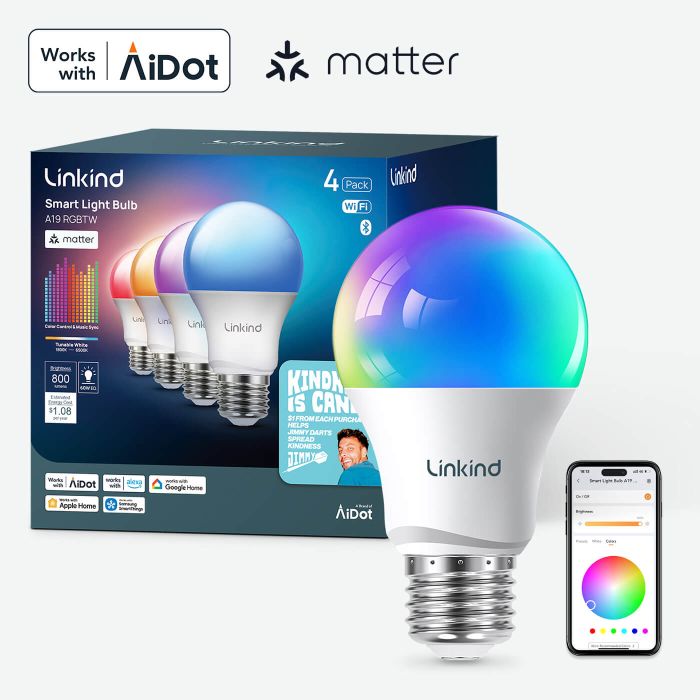
Key Benefits:
-
Wide Variety: From A19 and BR30 smart light bulbs to Edison and G25 bulbs, find the perfect lighting solution.
-
Smart Integration: Compatible with Apple HomeKit, Google Home, and Amazon Alexa for seamless control.
-
Innovative Design: Our smart plugs and switches make managing your smart home effortless.
-
Reliability and Quality: Trust Linkind for durable, high-performance smart home devices.
What is Zigbee?
Zigbee is a wireless communication protocol tailored for low-power, low-data-rate applications in smart homes. With over a decade of proven reliability, Zigbee is a cornerstone of modern smart home technology. It powers a wide range of devices, from lighting and security systems to HVAC controls, making it an essential component of many smart home ecosystems.

Image Source: Connectivity Standards Alliance
Advantages and unique characteristics of Zigbee.
-
Low Power Consumption: Zigbee devices are engineered to consume minimal power, making them perfect for battery-operated gadgets. This efficiency extends the lifespan of your devices, reducing the need for frequent battery replacements.
-
Mesh Networking: Zigbee employs a robust mesh network topology, enabling devices to relay data to one another. This not only extends the network’s range but also enhances its reliability. If one device fails, others can reroute the data, ensuring continuous communication.
-
Scalability: Zigbee networks are highly scalable, supporting a large number of devices. This scalability makes it ideal for extensive smart home setups, allowing you to expand your system without compromising performance.
Matter vs Zigbee
1. Protocol Standards: Matter and Zigbee are both leading protocols in the smart home industry, each adhering to strict standards. However, they differ significantly in their approach:
|
Aspect |
Matter |
Zigbee |
|
Interoperability |
High – Ensures seamless communication across different brands. |
Moderate – Emphasizes compatibility within the Zigbee ecosystem. |
|
Ease of Use |
High – Simplifies setup and management for users. |
Moderate – Can be complex for extensive setups. |
|
Power Consumption |
Moderate – Focuses more on integration and compatibility. |
Low – Designed for battery-operated devices. |
|
Network Topology |
Star topology – Devices connect directly to a central hub or controller. |
Mesh topology – Devices communicate with each other, extending the network's range. |
2. Network Topology
|
Feature |
Matter |
Zigbee |
|
Connection Structure |
Star topology – Centralized connections. |
Mesh topology – Decentralized, interconnected devices. |
|
Range Extension |
Limited to hub range. |
Extensive – Devices relay data to each other, enhancing range. |
|
Reliability |
High, but relies on central hub. |
Very high – Redundant paths increase reliability. |
3. Application Areas
|
Aspect |
Matter |
Zigbee |
|
Ideal For |
Users seeking a unified smart home experience with devices from multiple brands. |
Large, battery-operated networks requiring extensive range and reliability. |
|
Device Types |
Smart lights, thermostats, door locks, and more from various brands. |
Lights, sensors, switches, and security systems. |
|
Ecosystem |
Compatible with major ecosystems like Apple HomeKit, Google Home, and Amazon Alexa. |
Primarily within the Zigbee ecosystem. |
4. Security and Certification
|
Feature |
Matter |
Zigbee |
|
Encryption |
Advanced encryption and authentication features. |
Standard encryption – Proven but less advanced. |
|
Certification |
Rigorous process ensuring high standards of security and performance. |
Established certification process ensuring interoperability and performance. |
|
Updates |
Regular updates incorporating latest security protocols. |
Periodic updates maintaining security standards. |
Choosing between Matter and Zigbee depends on your specific needs. Matter is ideal for those seeking interoperability and ease of use across various brands, while Zigbee excels in low-power, large-scale networks with reliable mesh networking.
Smart Home Bridges Differences: Matter vs Zigbee

Image Source: Connectivity Standards Alliance
How Matter Bridges Work
A Matter bridge integrates non-Matter devices into the Matter network by presenting them as virtual Matter devices. This capability allows devices like Zigbee thermostats in addition to native Matter devices to be seamlessly controlled using a Matter-enabled app or controller. For example, consider a smart home setup with a combination of Matter-compatible smart plugs and Zigbee-enabled thermostats connected through a Matter bridge. When the user uses the Matter app to adjust settings in the home office, such as turning on appliances and adjusting the temperature, the Matter-enabled smart plugs respond by activating the appliances.
How Zigbee bridges works
Zigbee bridges act as intermediaries that connect Zigbee-enabled devices within a smart home network. They serve as central hubs, facilitating communication between Zigbee devices and other smart home components. For instance, in a smart home setup with various Zigbee light bulbs, sensors, and switches, a Zigbee bridge manages and controls these devices, ensuring they operate cohesively.
|
Aspect |
Matter Bridges |
Zigbee Bridges |
|
Protocol Compatibility |
Bridges Matter protocol devices and virtualizes non-Matter devices for seamless communication. |
Integrates Zigbee protocol devices for centralized management within Zigbee networks. |
|
Ecosystem Support |
Supports a wide range of Matter-certified devices, promoting interoperability among compliant products. |
Specifically designed for Zigbee devices, enhancing connectivity and synchronization within Zigbee ecosystems. |
|
Functionality |
Provides a unified interface for managing Matter devices, enabling comprehensive control and automation across smart home setups. |
Offers dedicated management features tailored for Zigbee devices, optimizing operation within Zigbee networks. |
|
Interoperability |
Ensures interoperability across diverse Matter-certified brands and products. |
Facilitates compatibility and efficiency within Zigbee networks, promoting smooth integration among Zigbee-enabled devices. |
How to Add Any Zigbee or Matter Device to Any Smart Ecosystem?
Integrating Zigbee or Matter devices into your smart home ecosystem involves following a few straightforward steps, ensuring seamless connectivity and functionality across different platforms.
Step-by-Step Guide:
1. Check Compatibility: Before purchasing any device, ensure it is compatible with your existing smart home ecosystem. Both Matter and Zigbee devices typically list compatible platforms on their packaging or product descriptions.
2. Install the Device: Follow the manufacturer's instructions to physically install the device in your home. This may involve mounting, connecting to power, or inserting batteries.
3. Download the App: Download the relevant app for the device or ecosystem you are using. For Matter devices, ensure the app supports Matter protocol, such as Apple Home, Google Home, or Amazon Alexa apps. For Zigbee devices, use the app associated with your Zigbee hub or bridge.
4. Add Device to Ecosystem: Open the app and follow the instructions to add a new device. This typically involves selecting "Add Device" or a similar option, then following on-screen prompts to connect the device to your network.
5. Pairing Process:
For Matter devices, they should automatically appear in your ecosystem's app when in pairing mode. Simply confirm the pairing request on your device and app to complete the setup.
For Zigbee devices, ensure they are in pairing mode (usually indicated by blinking lights). Use the app to scan for new devices and follow the pairing instructions provided.
6. Customize and Control: Once paired, customize settings and controls through the app. This may include naming the device, setting schedules, creating automation routines, or adjusting device-specific settings.
7. Testing and Troubleshooting: After setup, test the device to ensure it functions as expected. If you encounter issues, consult the device's user manual or the app's troubleshooting guide for assistance.
Specific Considerations and Compatibility Issues:
Interoperability: Matter devices are designed to seamlessly integrate across different brands and ecosystems, ensuring broad compatibility. Zigbee devices, on the other hand, primarily operate within Zigbee ecosystems unless bridged.
Setup Complexity: Matter aims to simplify the setup process with straightforward pairing and integration. Zigbee setups can be more involved, particularly when setting up mesh networks or integrating with non-Zigbee devices.
Control and Automation: Both protocols support advanced control features like scheduling, automation, and remote access through their respective apps.
Conclusion
Choosing between Matter and Zigbee depends largely on your specific smart home needs. Matter excels in interoperability and ease of use across different brands, making it ideal for users who want a unified smart home experience. Zigbee, with its focus on low-power consumption and robust mesh networking, is perfect for large-scale deployments requiring extended range and reliability.
Understanding these protocols allows you to make informed decisions when expanding or upgrading your smart home system. Whether you prioritize seamless integration or network reliability, both Matter and Zigbee offer robust solutions to enhance your connected living experience.
FAQs about Matter vs Zigbee
Q1: Is Matter replacing Zigbee?
No, Matter is not replacing Zigbee but offers an alternative with a focus on interoperability.
Q2: What is the difference between Zigbee and Matter?
Matter emphasizes cross-brand compatibility and ease of use, while Zigbee focuses on low power consumption and mesh networking.
Q3: What is better than Zigbee?
It depends on the application; Matter may be better for interoperability, while Zigbee is superior for large-scale, low-power networks.
Q4: Does Zigbee still exist?
Yes, Zigbee is still widely used and remains a popular choice for many smart home applications.












